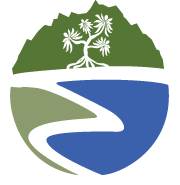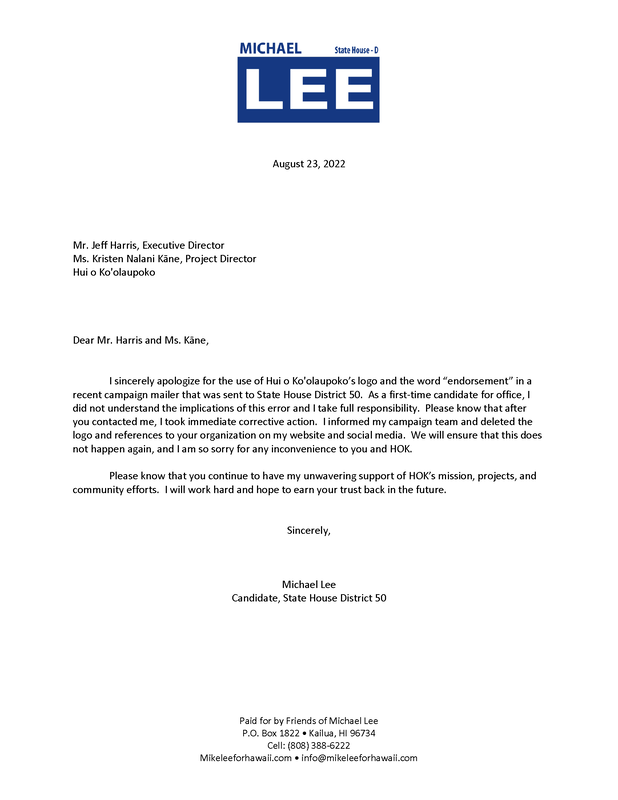|
When I think of botulism, I usually picture dented food canisters, improper food storage, and the potential for human sickness. What I didn’t realize is that there are many different strains, and one that that can be deadly to our avian friends. Botulism is a natural toxin commonly found in soils and is produced by a bacteria known as Clostridium botulinum. Type C botulism severely affects water birds in Hawai'i and can create a damaging cycle when introduced into a population. Avian botulism is present in Hawai'i year-round and can be found in wetlands across the state. It affects common waterfowl like Hawaiian coots, stilts, herons and various migratory ducks. Higher levels of bacterium can be found in hot or stagnant waters. Aquatic invertebrates, a common food source for wetland birds, spend their time feeding in contaminated soils. They are more likely to bioaccumulate this toxin in their flesh and, once consumed by wetland birds, can deliver a deadly dose of the toxin to their unsuspecting predators. Avian botulism is a paralytic disease and infected birds often have trouble walking and flying. A limp neck is a common sign of infection. Due to the paralysis of neck muscles birds are no longer capable of holding their head above water and eventually drown. Once the bird is deceased, flies will lay eggs inside of the carcass. As maggots emerge filled with the toxin, surrounding birds and animals will feast on the larvae turning this normal ecological process deadly. At this point you are hopefully thinking, “this is awful and what can be done to prevent the spread”. Many land mangers and students are working towards creating better communication channels to report the presences of avian botulism in their reserves and wetlands. Malia Staab, a graduate student at the University of Hawaii at Manoa (UH Manoa) has helped to design an educational platform, the Hawaii Waterbird Network. This is a web-based platform for managers and citizens to gather more information and report the presence of avian botulism. Other land management practices that can be utilized to combat botulism are restoring the natural flow of estuary systems and increasing circulation of still water. The public can help by reporting sick birds or carcasses, and spreading awareness of avian botulism. Please do not attempt to remove birds or carcasses from its location, as many of these birds may be rare and endangered. To submit a report or access additional education materials please visit hiwaterbirds.com hosted by UH Manoa’s Hawaii Ecology Lab.
0 Comments
Aloha HOK Supporters and Residents,
We have been notified that the HOK logo was used to endorse a political candidate. We depend on the trust and support of the community to continue our work within the Ko'olaupoko district. It is not our intention to endorse any political candidate and would jeopardize our standing as a 501 c 3 non-profit to do so. While a candidate did approach HOK to ask if mentioning his past collaborations with our organization would be acceptable, HOK did not approve any endorsement or consent to the branding of the product bearing the HOK logo. WE reached out to the candidate immediately and received the below response. -HOK Board of Directors Hui o Ko’olaupoko (HOK) has had the privilege of managing native plants and community volunteers at The He`eia Estuary Restoration Project at He`eia State Park since early 2015. The goal of the project is to improve water quality and fish habitat in He`eia Stream Estuary, O`ahu, Hawai`i. HOK has worked systematically to remove invasive mangrove and other non-native vegetation from seven acres of riparian and estuarine areas along ±1,440 linear feet of He`eia Stream and the land. These efforts have improved stream functionality, restored estuarine habitat for native aquatic species through improved fish passage, opened foraging areas for shore and marsh birds, and removed invasive plant species to allow for the reintroduction of native plants.
To date, HOK has cleared mature invasive mangrove from over seven acres and replanted nearly 5,000 individual native plants (30+ species). Through seven years of removal and native out-planting efforts, we have documented not only positive effects on water quality and fish populations, but also soil health and an increase in native wetland bird presence. In this time, HOK has hosted over 5,000 volunteers to the project site to learn about and lend a hand to the efforts. As a small non-profit, HOK does not own or lease any land; instead we work with willing landowners to implement projects, solicit funding, and facilitate community participation. Through this model we work to restore an area to the best of our abilities during the grant phase and equip the landowner or subsequent caretaker for successful long-term management. With this model in mind, our time as caretakers of the estuary at He`eia State Park is coming to a close. Our last workday on site will be Thursday September 1, 2022. The Department of State Parks (DSP) will transition management of the restoration area to the He`eia National Estuarine Research Reserve (NERR). “The He`eia NERR and it’s collaborative partners are looking forward to taking over the restoration of the muliwai (stream mouth corridor). We are deeply committed to pono stewardship of this place, and we know how to carry this kuleana. It will be an honor to do so” says Kawika Winter, He`eia NERR Reserve Manager. Over the next two moths, HOK looks forward to collaborating with DSP, NERR, and community members to host additional out-planting and invasive species removal days, and to ensure continuity in maintenance practices at the site. Our time working at He`eia Estuary has been one that we will hold fondly in our hearts. Over the past seven years we have build a relationship with with not only the plants and animals on site but also the cyclical and seasonal changes. We know the hala trees that sprouted with the new sunlight after mangrove were removed. We met the `alae `ula family that nested, raised three chicks, and inspected our work each day. We know the shamma thrush that greets us each morning with a lovely song, and the ae`o that fly overhead on their way to graze on the mudflats. We watched as months of work were swallowed by king tides and a flooding stream, but learned of the water's preferred course. We have be taught great lessons through these relationships and observations. We will carry these lessons for a lifetime. A hui hou He`eia. |
Archives
September 2022
Our MissionThe mission of Hui o Ko`olaupoko is to protect ocean health by restoring the `aina: mauka to makai. This is done in partnership with stakeholders including interested citizens, non-governmental organizations, government, educational institutions and businesses while using and focusing on sound ecological principles, community input, and cultural heritage. Categories
All
|


 RSS Feed
RSS Feed

